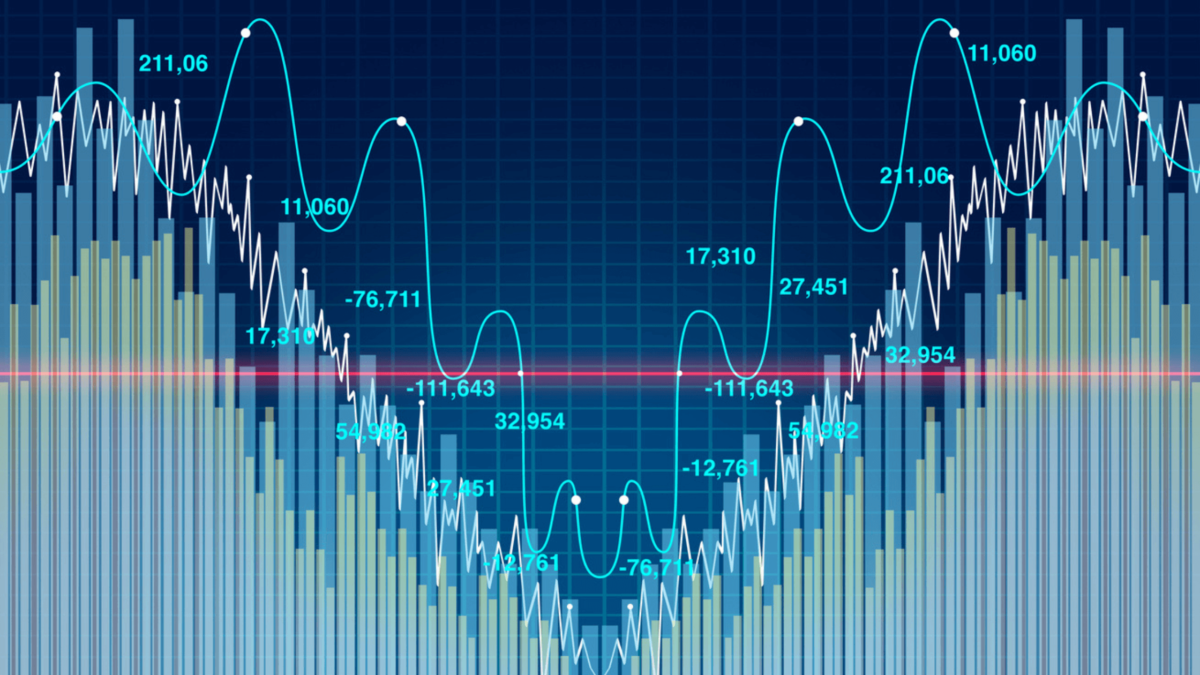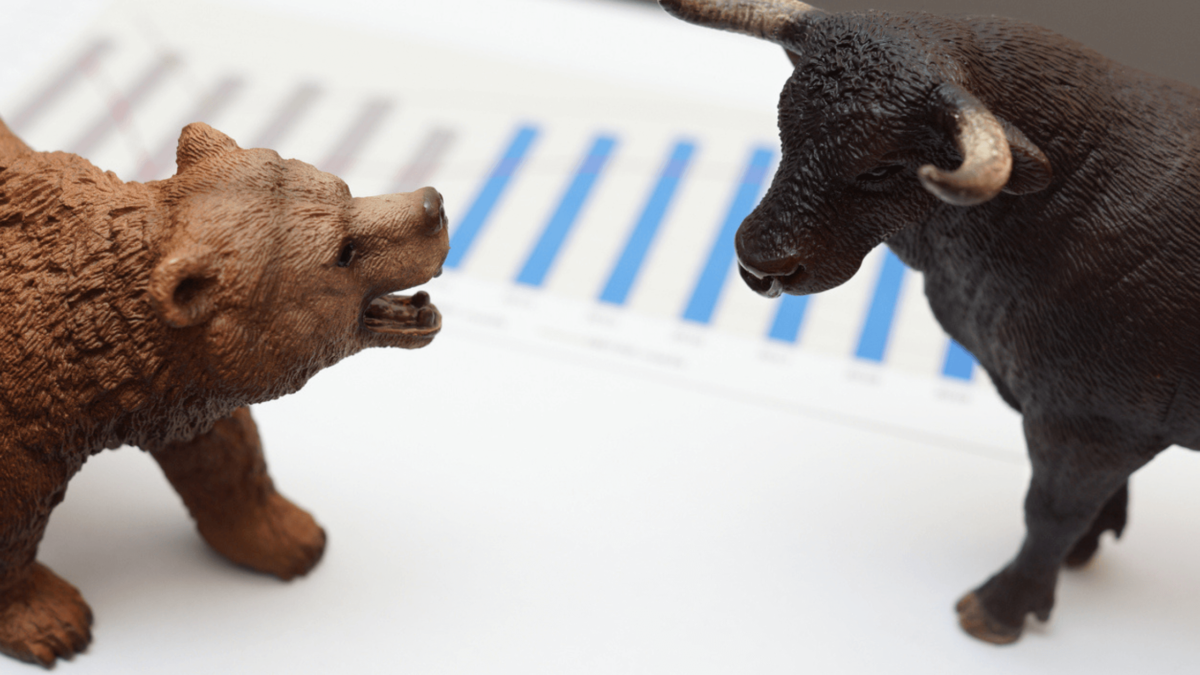Tale of 2 Stock Market Rebounds: US vs. China
March 22, 2022

There have been big bounces in stock markets around the world over the past week.
And while the timing of the bounces in Developed Markets and Chinese equities appear to be synchronised, there are in fact very different dynamics at work. Both also bring different strategy implications.
The market bounces in Developed Markets – particularly in US equities – are likely to be countertrend rallies in an overall downtrend, which have yet to run its course.
But in China, the rebound – driven by the promise of strong policy support and coming at a time when equities are deeply oversold – could be more durable.
Yet investors do have to expect that the ride up will likely be bumpy, given that markets remain nervous about China’s regulatory and political risk.
US technical rebound unlikely to capture new highs
Let’s start with the US. The big bounces in the S&P 500 Index and the Nasdaq- 100 Index immediately after the March 16 FOMC were counter-intuitive.
Market commentators called it a “sell the speculation, buy the fact” rally following the announcement of one, 25-basis point (bps) rate hike.
But I think it was just technical “motion of the ocean”. That is, the S&P 500 had been struggling mightily for some weeks around the 4,200-support region, which coincides with the 23.6% Fibonacci retracement of the entire move from the low of March 2020 to the high of January this year.
Meanwhile, the rebound for Nasdaq 100 came at the support zone of the 38.2% Fibonacci retracement of the move from March 2020 to November 2021.
And while the price action could see a break above the downtrend from early this year, here is why I think a break back into the uptrend from early 2020 – that is, towards a new high – is a low probability event.
Yield curve flattening
The economic momentum is slowing, and the market is signaling that through a flattening of the 10Y-2Y Treasury yield curve.
Along with slower economic growth, we will see much slower earnings growth. However, a recession is not imminent.
But flattening of the yield curve does confirm that the US and most Developed Market economies are coming off the “sugar highs” of pandemic stimulus.
And in recent years, flattening of the US Treasury yield curve has been accompanied by slowing economic growth and lower equities year-on-year returns.
Then we should add to that a higher risk premium for the new geopolitical uncertainties associated with the war in Ukraine.
It is observable that the Shiller cyclically adjusted price-to-earnings (CAPE) ratio was generally lower during the Cold War than after.
And the excess CAPE yields (which adjusts valuations for the risk-free rate) for US stocks were generally higher during the Cold War years than after the Cold War.
The importance of rising US rates
The biggest thing, though, is the discount rate for valuations. That is going up as a result of rising rates.
And the Fed kicked off the latest rate hiking cycle last with a potentially deceptively gentle 25bps rate hike.
But there was nothing comforting about what the Fed signaled last week about the future path of rate hikes.
The FOMC’s median view for rates is a total of seven, 25bps rate hikes for this year. Yet note how even that uncomfortable outlook was mild given the inflation realities.
The median view of a 1.9% Fed rate by year-end was predicated on 4.1% core PCE inflation for the year. The problem now is the year has started with a bang for inflation, with the core PCE inflation at 5.2% year-on-tear for January.
It’s no wonder, then, that the Fed Funds futures market’s pricing of the probability of more hawkish scenarios (a Fed funds rate in the regions of 2.0-2.25% and 2.25-2.50%) rose after the FOMC last week.
The market’s pricing of the probability of the Fed’s median view – which is in the 1.75-2.0% range by year end – fell after the FOMC.
Lower prices offset by a higher risk-free rate
This is important for the valuation of stocks. If investors were looking at the risk-free rate running up, say (and let’s take the Fed’s less threatening median view) a total of 175bps for the year, theoretically, they would need stock prices to fall further to compensate for the higher discount rate.
Rough back-of-the-envelope calculations using the yield gap as a yardstick. At the start of the year, the S&P 500 had a forward PE ratio of 21.5x, and hence an earnings yield of 4.65%.
The 10Y UST yield was running then at around 1.75%. So, the yield gap was 2.9% in favour of stocks.
If the 10Y yield runs up by 100bps for the full year (from January’s 1.75%), we would be looking at that yield gap down to only 1.9%. We know the index earnings growth estimated at 8.8% for the year is not a game changer.
So, either the market accepts a lower yield gap – which is not convincing given higher risk premiums and slower earnings growth – or it forces down the index and PE valuations to compensate for the higher discount rate.
The 10-year average forward PE for the S&P 500 is 16.7x. The estimated index earning for this year is 226.38. You can work the rest out yourself.
To be very clear, all of this is illustrative only of the downside risks for valuations amid a rising discount rate.
Chinese equities have better internal dynamics
Now, China is a different story. It has been an underperformer. Beaten down, oversold, unloved, untrusted, and some said “uninvestable”.
So, while the US equities rebound last week was off still-high prices and valuations, the bounce in Chinese stocks was off the lowest levels since June 2020 for the CSI 300.
For the CSI Overseas China Internet, the rebound was off the lows from July 2013.The poor performance of Chinese equities in general had been largely due to policy tightening and supply side reforms.
For so-called “platform” tech companies, the huge declines in prices were driven by regulatory crackdowns on business practices and indeed business models that were deemed anti-competitive or out of step with the ideal of a “level playing field”.
What changed was a wide-ranging statement from China’s Financial Stability and Development Committee, which said among other things that:
- Concrete actions must be taken to bolster the economy in the first quarter
- Monetary policy should take the initiative to cope with the situation, while new loans should maintain an appropriate growth
- On the regulation over US-listed Chinese firms, the Chinese and the US regulatory bodies have maintained good communication and made positive progress
- The Chinese government will continue to support various enterprises to seek listings in overseas markets
- The relevant authorities should…actively introduce market-friendly policies and prudently introduce policies with a contractionary effect
Opportunities for bargain hunters
A broad range of indicators – from the Financial Conditions Index to New Aggregate Financing to M2 money supply growth – looked to have “bottomed out” over recent months.
The market was a bargain-hunting opportunity looking for government support. Now the market has verbal support. For this rally to sustain, the government has to put words into action.
Given that the Chinese government had been relatively austere in its fiscal and monetary policies amid the pandemic, and given its stated “cross-cyclical policy” strategy, it seems sensible that this is the time to use the available policy resources.
Warning: this could be a bumpy ride up given the market’s tentativeness towards China. But this is likely to be a bargain-hunting opportunity for those prepared to take the risk and that also have the time for value to be realised.
Say Boon Lim
Say Boon Lim is CGS-CIMB's Melbourne-based Chief Investment Strategist. Over his 40-year career, he has worked in financial media, and banking and finance. Among other things, he has served as Chief Investment Officer for DBS Bank and Chief Investment Strategist for Standard Chartered Bank.
Say Boon has two passions - markets and martial arts. He has trained in Wing Chun Kung Fu and holds black belts in Shitoryu Karate and Shukokai Karate. Oh, and he loves a beer!







